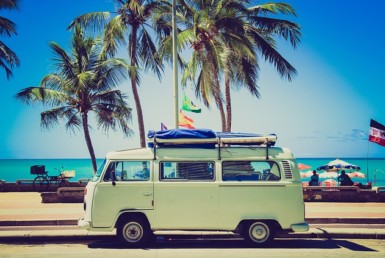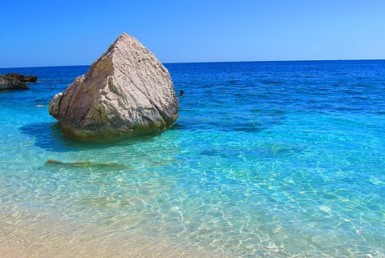Invest in agriculture in Sardinia

Invest in agriculture in Sardinia
Sardinia is a land offering many possibilities. Usually, we think about tourist industry in relation to its beauty and the quantity of kilometres of fascinating coasts that attracts many tourists in spring and summer.
There is another Sardinia that offers a vocation just as valid, with possibilities that are probably still unexpressed. Sardinian agriculture can brag about a territory with a strong vocation, for various cultivations. On top of that we should speak about the vitality of administrations which tend to grant significant subsidies to launch new farm business and support them in this delicate moment.
Investing in agriculture in Sardinia offers good prospects for success as long as one is familiar with the agricultural techniques and is well inserted into the local social community for the delicate bureaucratic step, including funding.
Below, a practical insight to approach, broadly speaking, the most usual type of agricultural production on this territory. Then, we will deal with the specific case of Quinoa as an emerging alternative.
Among the traditional cultures, there is:
- Annual herbaceous crops: cereals such as wheat, spelt, barley. Among the leguminous plants, undoubtedly lentils and wild peas;
- Perennial herbaceous crops: certainly the artichokes, with the most important one: the Sardinian Spiny Artichoke, which is a typical quality product;
- Arboriculture and perennial crops: vineyards, olive trees, aromatic plants and fruit trees.
There are many possibilities to choose from and for which it is better to carry out research at the local level and to understand in time the profitability, with a market analysis in the precise area where the cultivation is located. Local associations provide this specific information, such as C.I.A or Coldiretti. Local associations are essential if you want to start a professional agricultural business. A special attention should be paid to state funding that is not missing in this region.
We should clarify one point, because those who invest in agriculture should also have their own vocation. The time to dedicate to lands is significant and agricultural techniques require attention. The vocation factor for some crops might be greater than the evaluation of the profit that can be made from it, as quality is becoming ever more important. Compared to market prices, it is possible to choose growing methods with some features which are matching to the current demand for healthy and organic food.
Quinoa as a local development opportunity.
Since a while, quinoa has entered in our diet. It is used instead of the rice and like the rice. A growing trend that has attracted many consumers looking for “new” food that is taking care of their body, thanks to their properties. This cultivation is already present in Northern Italy and is bearing fruit.
Sardinia wishes to take part immediately in the evolution of this kind of cultivation, since its territory and the climate of the island, are favourable. It is a very interesting alternative cultivation for both the demand and for the high-spending buyers, thus offering a good income perspective.
InnoQuinoa is a project put together by Sardegna Ricerche, who also financed the project. There are 12 farms involved in this experiment, not only to learn the reproduction techniques but also the process of the whole production line to make quinoa.
Quinoa is a cereal rich in protein and naturally gluten free. Demand is also coming from a specific segment of this fast-growing market, due to the higher attention paid to celiac disease in particular. The challenge behind of this project is to succeed in providing a cereal with specific characteristics through a production that uses the same machines as those used for the usual cereal cultivation. The goal is strictly economic, ensuring a better financial return for the same produced quantity.
The development of quinoa
Like beetroot and spinach, quinoa is an annual herbaceous plant. It is also called “pseudo cereal”, since it is not part of the family of the gramineous plants such as wheat, rice, corn.
It comes from South America, mainly from Bolivia, Peru and Colombia and has a 5,000-year-old tradition. The resumption of production dates back to the 900s, after having been supplanted, especially with wheat, by the European invaders.
In 2013 the big boom happened, thanks to the international interest and the declaration of the International Year of Quinoa by the UN. FAO has decided to declare later quinoa as an alternative crop able to solve malnutrition problems.
We should say that this is no easy task, since the best techniques have not yet been calibrated for the parasites of our region. We need to understand the adaptability of the new cultivation and then check the production line until consumption. Protocols have yet to be set up, but for those who see beyond, getting started on time can be a good deal.



